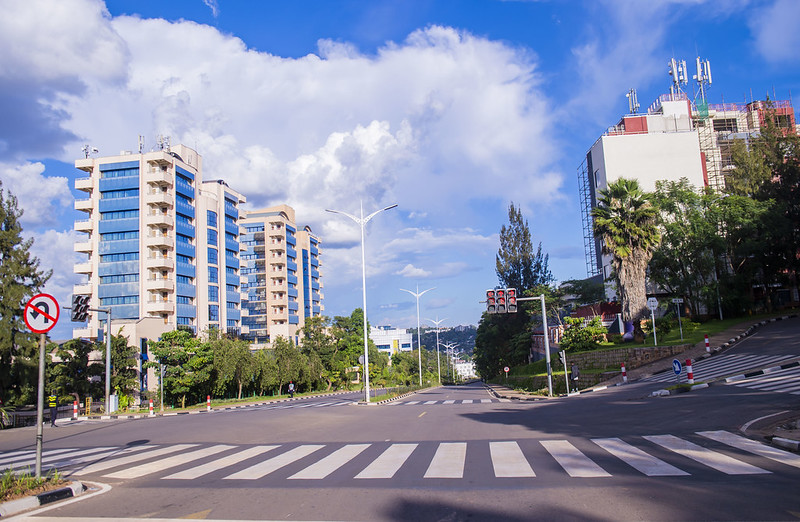 The Ministry of Finance has tabled a Budget Framework Paper (BFP) that will enable Rwanda to post a relative economic recovery registered before COVID-19 and address shortfalls recorded in attaining the seven-year National Strategy of
The Ministry of Finance has tabled a Budget Framework Paper (BFP) that will enable Rwanda to post a relative economic recovery registered before COVID-19 and address shortfalls recorded in attaining the seven-year National Strategy of
The BFP for Fiscal Year 2023/24 and economic projection for 2023/2024-2025/2026 presented by Finance Minister, Uzziel Ndagimana were approved by both parliaments this Wednesday, May 3, 2023.
The report showed that Rwanda’s Gross Domestic Product (GDP) is expected to grow as well as the economy which will also see an increase in fiscal budget lines towards 2026.
GDP growth was 8.2 percent in 2022 supported by high performance in services and manufacturing sectors despite a weaker performance in agriculture and slow-down in construction activities.
This high growth was however overshadowed by high inflation for food and energy items following unfavourable climatic conditions and negative impact from the external environment including the continued effects of the war in Ukraine, monetary tightening to fight inflation and resurgence of Covid-19 in China.
Consequently, GDP in 2023 is expected to be moderate considering undone domestic and external environment pressures including the continued war in Ukraine, leading to high inflation for commodity goods, financial tightening, and geopolitical fragmentation among others.
“As a result, GDP is projected at 6.2 percent in 2023, 6.7 percent in 2024 and return to above 7 percent in 2025-2028 period,” Ndagijimana said.
Budget lines in the next three fiscal years are also expected to grow from Rwf5.030 trillion (in 2023/2024) to Rwf5.601 trillion (2024/2025) and reach Rwf6.379 trillion (in 2025/2026) with economic transformation activities and projects taking a lion share to reach 62% from 56% in the above budget timelines.
The minister also stated that inflation is expected to reach 7.8 percent by the end of 2023 (which is within the 2-8 percent Monetary policy inner band) and projected to decline to 5% in 2024.
In FY2023/24 in Focus
To brace shifting global economic dynamics, the Government is expected to undertake fiscal consolidation measures through spending rationalization – which will include streamlining and gradually reducing subsidies particularly those related to energy and fuel, and export promotion, and state-owned-enterprises (SOEs) by strengthening its oversight and governance and risk management.
As a result, the total recurrent and development expenditures are projected to decline from 29.0% of GDP in the current fiscal year 2022/23 to 27.5% of GDP in FY 2023/24 and FY 2024/25 and go to 27.4% of GDP in 2025/26 respectively.
The Budget FY2023/24 also includes an increase in the cost of fertilizers and social protection interventions and prioritizing key interventions from the Socio-Economic Recovery Plan that have shown good results in building resilience and enabling recovery.
Despite those pressures, the medium fiscal framework will maintain the fiscal deficit path at a necessary level to bring the debt level below 65 per cent of GDP by 2030.
The fiscal deficit for FY 22/23 is projected at 7.3 per cent of GDP, primarily due to increase in tax revenues and high nominal GDP. The FY23/24 deficit is projected at 6.5 percent of GDP and will decline to 4.8 percent in 2024/25 and 3.2 percent of GDP in 2025/26.


